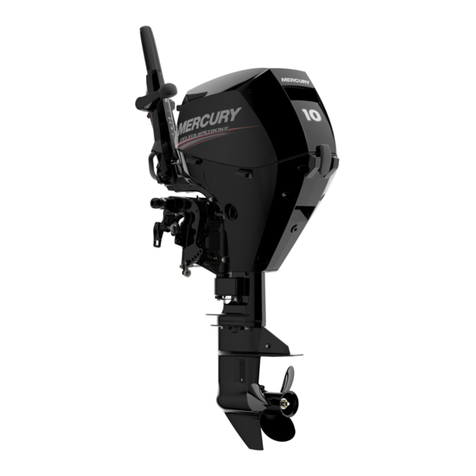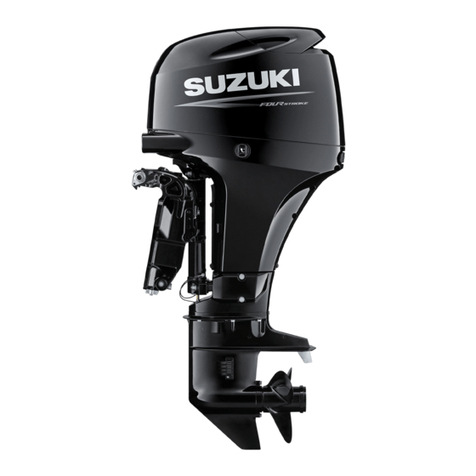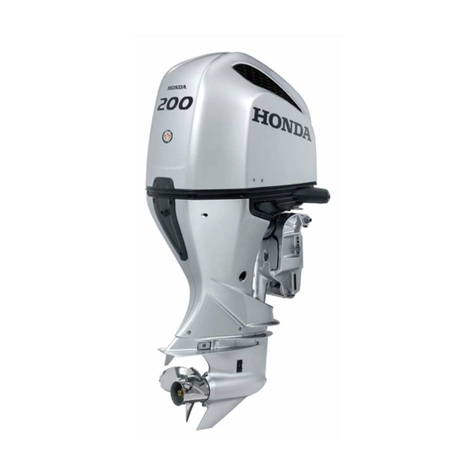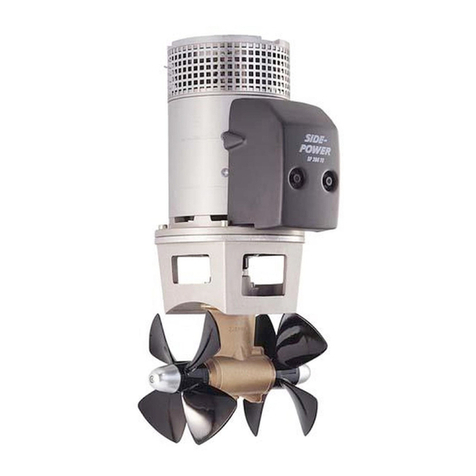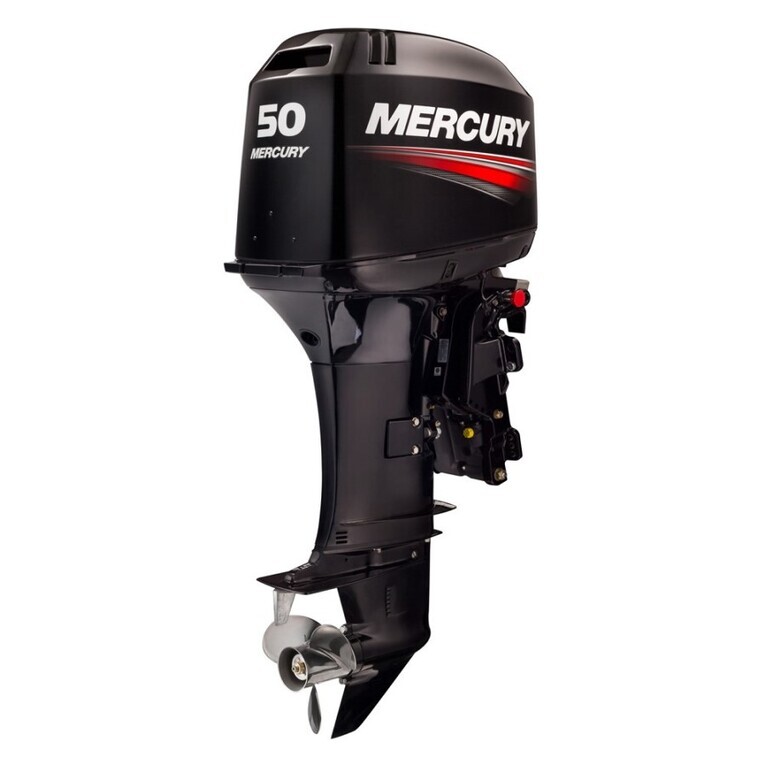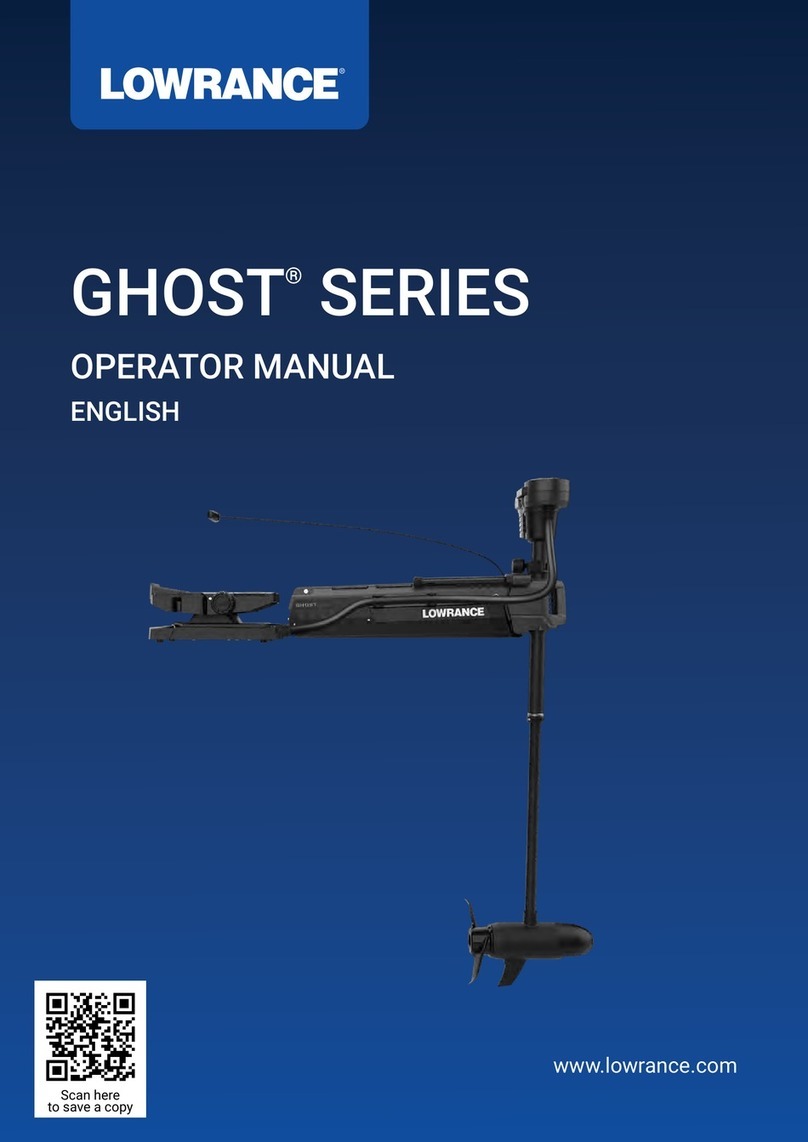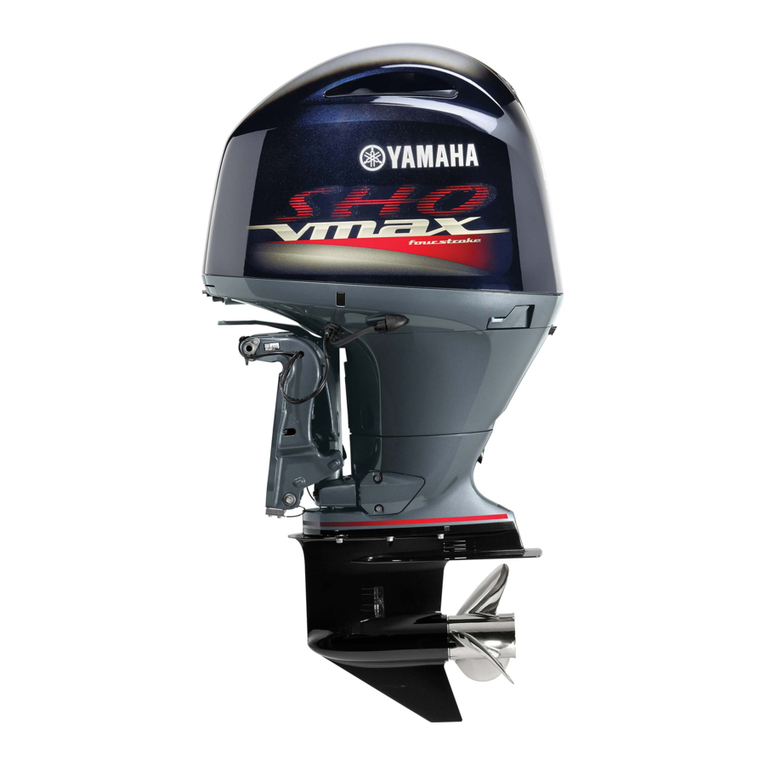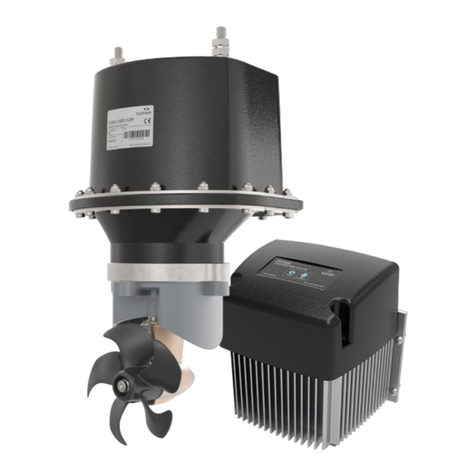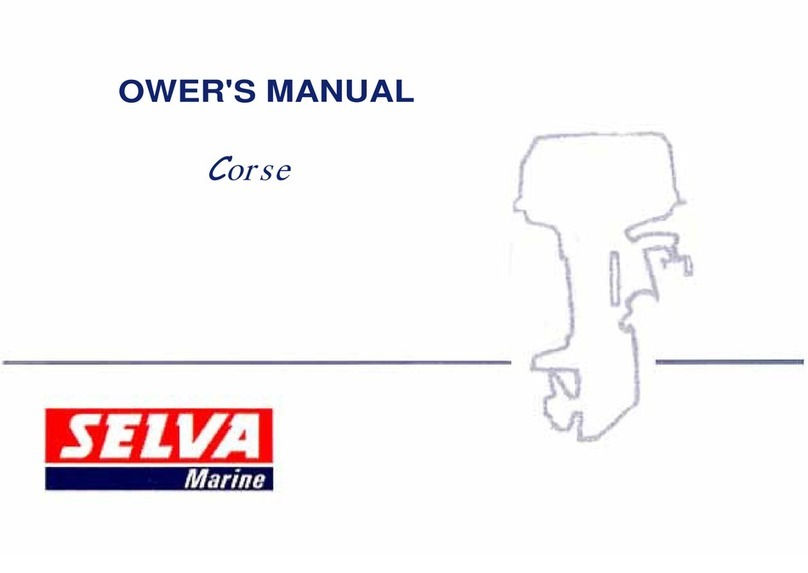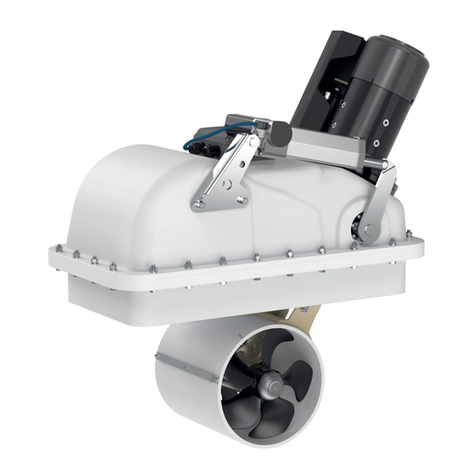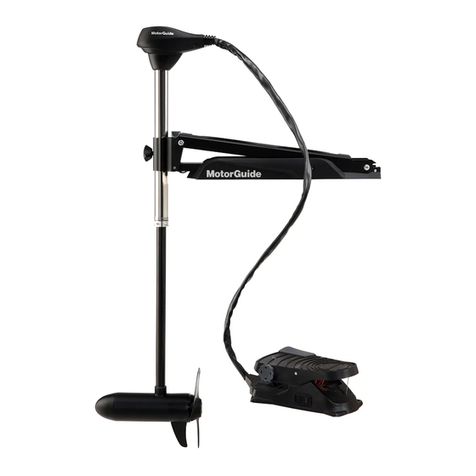
Scan for more info
ActiveTarget™ 2 Scout™ Wide Bracket
Installation Guide
Parts included
• Scout™ wide bracket arm
• Clamp collar, 1x large, 1x small
• 1.5 mm rubber spacer (for shaft diameters 31-33 mm), 2x
• 3 mm rubber spacer (for shaft diameters 29-31 mm), 2x
• M6x20 mm bolt, 2x
• M6x30 mm bolt, 2x
• M6 flat washer, 8x
• M6 lock nut, 4x
* Transducers not included
Tools needed
• 10 mm open end wrench
• 4 mm Allen key
• Torque wrench
Introduction
The ActiveTarget®2 Scout™ wide bracket is a non-adjustable bracket arm that holds two ActiveTarget® 2 transducers at
proper Scout™ angles.
When installed with two ActiveTarget®2 sonar modules, the bracket allows you to view a Scout™ wide view on your
Lowrance®HDS® Pro multi-function display.
The Scout™ wide view is a composite image (two images blended at the center) that displays a much wider area of sh and
structure than a single Scout™ view.
Installation
We recommend you install the Scout™ wide bracket while your trolling motor is stowed. This allows you to quickly see if
you’ve oriented the bracket incorrectly (i.e. the bracket is touching the trolling motor mount or you can’t install the bottom
transducer because the trolling motor mount is in the way). If you install the bracket incorrectly while the trolling motor is
deployed, you won’t realize until you try to stow your trolling motor.
This guide provides instructions on how to mount the ActiveTarget®2 Scout™ wide bracket. For instructions on how to
install ActiveTarget®2 sonar modules and how to wire an ActiveTarget®2 system, refer to the ActiveTarget®2 Installation
Manual. To learn how to display the Scout™ wide view on your Lowrance®HDS® Pro multi-function display, refer to the
Lowrance®HDS® Pro Operator Manual.
¼Warning: Never install a Scout™ wide bracket to your trolling motor while the trolling motor is operating.
*988-13105-001*
